Atlantica Magazine
Young professionals are often an unheard voice in policy discussions. More often than not, however, it is their insights that we need to break hardwired, outdated ideas about foreign policy and transatlanticism. Atlantica aims to amplify the voices of the young generation of transatlanticists. Our team is committed to publishing your article. Each issue features three articles per month on a theme selected by the Atlantic Forum team, in conjunction with NATO’s Public Diplomacy Division.
Find our latest
Atlantica publications here:
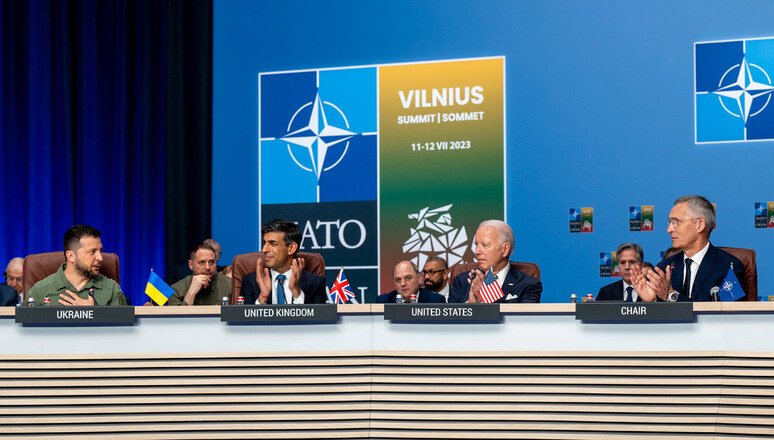
NATO’s Continuing Support for Ukraine in an Increasingly Multipolar World
The concerns over the future of the Atlantic Alliance’s continued assistance for Ukraine have escalated as the conflict in Ukraine has transformed into a war of attrition. Compared to the early months of the war, there are increasingly troubling discussions about how it might be better to attempt to bring an end to the conflict by initiating negotiations quickly. It should be realized that a feasible and practical solution that will provide perpetual peace in the region while ensuring the continuing sovereignty and independence of Ukraine can only be achieved by employing a new strategy, which focuses more on the political means. Considering this, this paper aims to evaluate the strategic significance of NATO’s ongoing commitment to Ukraine amid a new chapter of the modern world order marked by increasing multipolarity and shifting geopolitical dynamics.

Advanced Assistance: How NATO's Technological Innovation Fortifies Ukrainian Sovereignty
Technology has always been pivotal in the outcome of conflicts, whether managing logistics, communication, or direct engagement of adversary forces. Since the beginning of the war in Ukraine, emerging and disruptive technologies (EDTs) from NATO member states have played contributive roles in enhancing Ukrainian defence capabilities. This article underlines the role that is played by the US and European private sectors in developing and producing pivotal EDTs. It also reflects upon ambiguous legislation that struggles to reconcile new systems, providing potential opportunities for exploitation by adversaries. Finally, it underlines the risk that Ukraine’s strong domestic technology sector may be overlooked by NATO and joint NATO-EU initiatives in developing new solutions.

EU-led defence integration: An EU-NATO coordinated European defence industrial base
As the Russian invasion of Ukraine continues, there is a greater push for advancing Europe’s defence capabilities; yet, private industry says they are unable to do so without long-term binding deals from governments. Despite the creation of the European Defence Fund (EDF) and the European Peace Facility (EPF) as joint financing efforts for defence, national and foreign industry still dominate the European market. To meet the demands of the times and ensure a united European and transatlantic political vision for defence, the EU must establish a framework for future investment endeavours based on a large-scale borrowing package that establishes a firm connection with NATO to produce and procure critical defence capabilities in Europe that enable independent resilience.
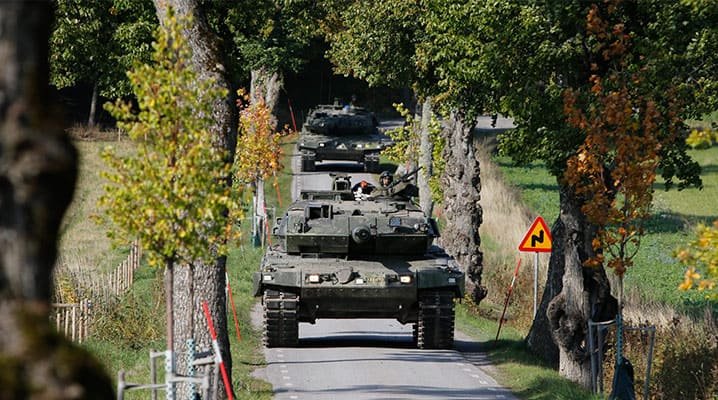
Diverging Investments in European Defence: Germany’s and Sweden’s Policies towards NATO’s 2% Commitment
Since the Russian invasion of Ukraine in February 2022, multiple NATO member states have returned to emphasizing the importance of strong military forces, sufficient military expenditure, and a coherent Atlantic alliance. To this effect, after years of funding shortages for military affairs and political debates in the West about effective and fair burden-sharing for European security, multiple NATO member states have pledged to expeditiously meet the alliance’s debated 2% commitment. In that regard, as this article presents by analysing the cases of Sweden and Germany, states have selected different measures to move towards the 2% commitment, many of which come with various obstacles. Both approaches pose distinct challenges and advantages for the countries’ security institutions and militaries.

NATO’s New Force Model: A Watershed Step for the Alliance’s Deterrence, Defence and Crisis Management Missions in a Complex Euro-Atlantic Security Landscape
Military mobility in the Euro-Atlantic area experienced a watershed moment at the 2022 NATO Summit in Madrid, as leaders agreed to establish a New Force Model to replace the existing Response Force. In addition to increasing their scale from 40,000 to over 300,000 units, such a shift will broaden troops’ operational domains and catalyse their deployment capabilities in Europe, ranging from 10 days to a maximum of six months. This year’s Vilnius Summit marked another milestone, as Allies adopted a new generation of regional defence plans that overcome a deterrence-by-punishment approach to embrace a deterrence-by-denial one. With the unpredictable evolution of the Russo-Ukrainian powder keg, the new defence plans and the operationalization of the New Force Model can fulfil Allies’ pledge to defend every inch of NATO territory from external attacks.
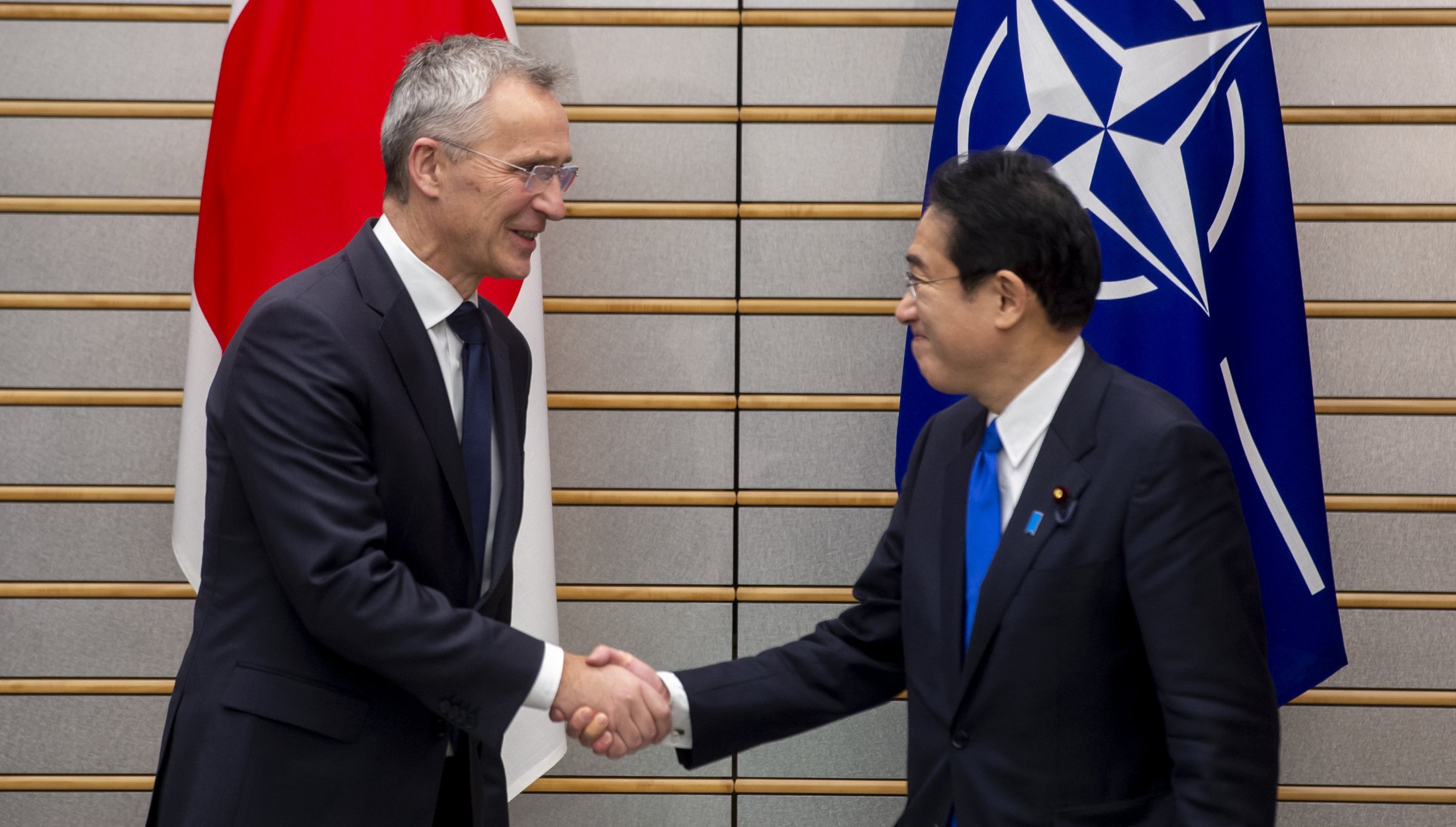
The Euro-Atlantic and the Pacific: How NATO Can Play a Role in the Far East
The changing dynamics of NATO’s China policy have wider implications beyond the immediate concerns of the Russia-Ukraine war. The interdependence between Europe and the Indo-Pacific region is now greater than it was during the Cold War era. A challenge to the United States in the Indo-Pacific can have adverse effects on NATO and European security. Therefore, it is imperative for NATO allies to establish common priorities and strike a balance between the two theatres. Developing a robust and cohesive strategy towards China necessitates thorough assessments and proactive decision-making.

Capitalizing on Atlantic & Pacific Synergies for Integrated Deterrence
Despite thousands of miles separating the Atlantic and Pacific, the two regions are more intertwined than ever with the rise of revisionist powers seeking to undermine stability. Russia’s 2022 invasion of Ukraine and continued use of hybrid tactics has brought instability to the Euro-Atlantic. In the Pacific, Japan and South Korea face uncertainty in light of China’s aggression in the South China Sea and Taiwan Strait in addition to North Korea’s continued nuclear posturing. Exacerbating these challenges, China and Russia have increased cooperation, with more frequent economic, diplomatic, and military interactions. These developments should prompt like-minded partners to increase their capacity for deterrence and defence. Examining the current strategic environment, it is clear that deepening cooperation between NATO and partners like Japan and South Korea can ensure stability in the Euro-Atlantic and Pacific.
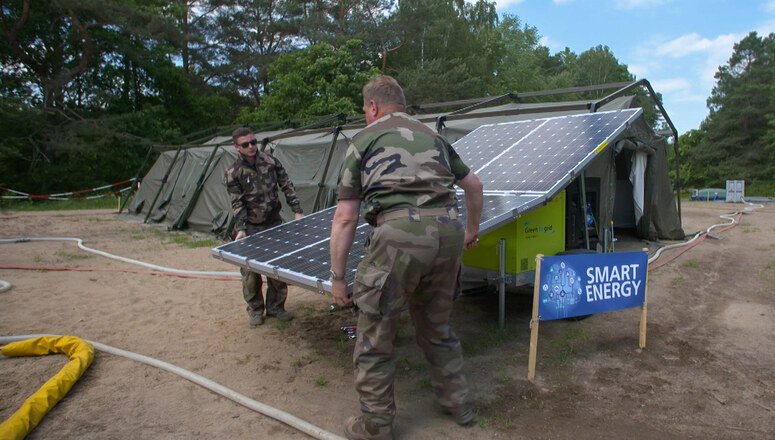
The Importance of Energy Resilience in Multi-Domain Threats
Since the early 20th century, energy security has been a key strategic driver. Today, in an era increasingly dominated by hybrid wars, energy resilience has become an important and growing challenge for NATO. A series of actors are constantly challenging the resilience of the Atlantic Alliance, seeking to exploit the openness, interdependence and connectivity of our societies and economies.

Building Societal Resilience to Disinformation
The spread of disinformation is one of the largest threats to democracies and populations, especially with the increased development of technology and loopholes allowing its spread. As such, it has become increasingly important that such an issue is addressed in a whole-society manner, building the resilience of the population to disinformation. This article will initially explain the general importance and possible impact of disinformation, moving on to address the loopholes that can be misused to allow its spread legally. Furthermore, it will explain the quickness of the spread of false news and how it is spread, explaining the logic of bots and addressing their success in spreading disinformation.
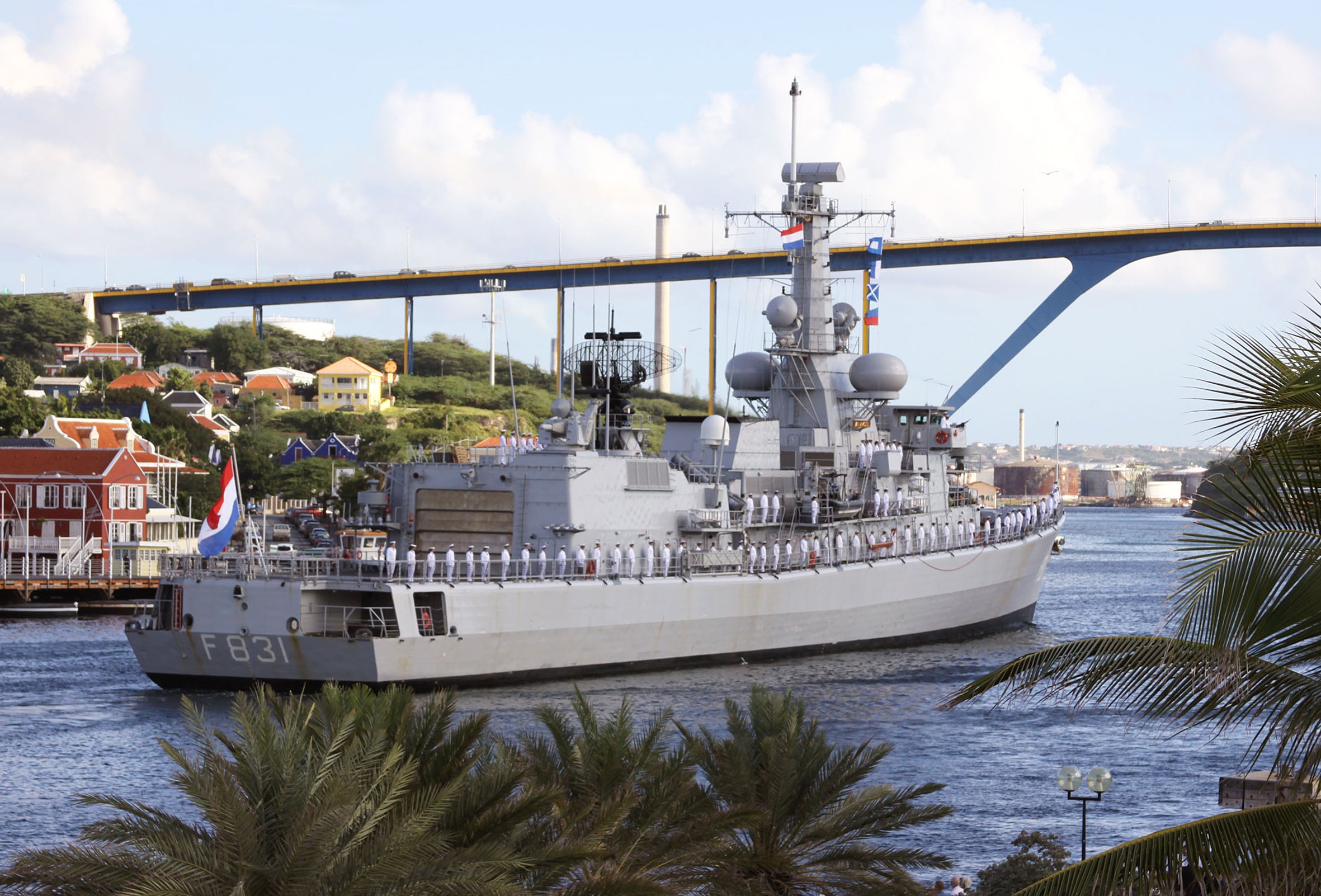
Humanitarian Assistance, Disaster Relief and Good Governance: Short-Term Presence vs Long-Term Effects
This article aims to discuss some issues within NATO’s long-term doctrinal focus and the current approach to Humanitarian Assistance Disaster Relief (HADR) operations and the discrepancy between the two. It argues that the desired long-term effects, such as host nation resilience, and the short-term deployment of a military entity during HADR do not match. As I will argue, NATO doctrine should develop to focus more on short-term deployments in the field of HADR.